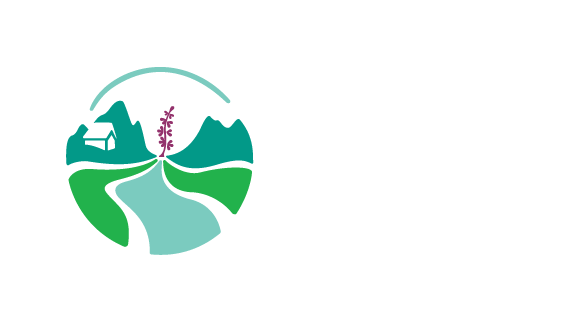Purpose of the Workshop:
- Clarify the "core" and "advisable" requirements of a Common Land Use Planning Process as called for in Chapter 11.
- Clarify the roles and responsibilities of the Yukon Land Use Planning Council, First Nation, Territorial and Federal Governments within a Common Land Use Planning Process.
- Explore possible solutions to overcoming challenges to establishing Planning Commissions and producing approvable land use plans in the Yukon.
- All land claims in the area must be settled.
- All Parties must have agreed to a General Terms of Reference for the Commission.
- All Parties should have adequate capacity to participate in the process. Support of the parties may be limited where inadequate capacity exists.
- There must be unity within the planning region if more than one First Nation is involved.
- Traditional Territory overlaps must be resolved to establish contiguous planning boundaries.
Background
Chapter 11 of the Umbrella Final Agreement provides a structure where regionally based commissions are mandated to produce a land use plan. This structure avoids the pitfalls of governments and First Nations planning in isolation from the others. Chapter 11 allows for the independence of the Commissions, but at the same time encourages "the development of a common Yukon land use planning process". Planning processes are to incorporate the traditional knowledge and experience of Yukon First Nations, community consultation, and linkage between planning processes.
The 1999 YLUPC Planning Conference identified 5 conditions which must be satisfied before planning can begin:
Two regional planning commissions have become operational in Yukon: the Vuntut Planning Commission and the Teslin Planning Commission. Based on this experience, Council and the Parties are working together to refine roles and responsibilities and the elements of a Common Land Use Planning Process for the Yukon. This workshop explored the necessary steps to prepare for the production and approval of regional land use plans.
Over the past several years, the YLUPC has refined the responsibilities of the Parties and designed strategies that seem to work. These roles and responsibilities have been incorporated into a "Common Land Use Planning Process". Parts of that process have still not been fully tested, such as paln approval , implementation and monitoring stages.
The Parties to the Chap 11 planning process (Canada, YTG and YFN's) have directed YLUPC to identify the common aspects of every planning process, and where Commissions need flexibility to accommodate regional differences. For example, every plan should address land use issues on and off settlement lands, make use of Traditional Knowledge, arrive at decisions through consensus, be linked to other processes and provide opportunity for public participation. Each Commission should develop a Vision Statement, a Summary of Issues and a Draft Plan. Commissions should each determine conflict resolution strategies which work within their communities.
Each Commission will develop "an approvable plan", or a plan that is likely to be approved. It will be different in each region, but it is important to know what it might look like. Participants in the planning process should understand how the plan is approved, what are the 'hot buttons' for decision makers and how the parties and stakeholders can communicate effectively.
